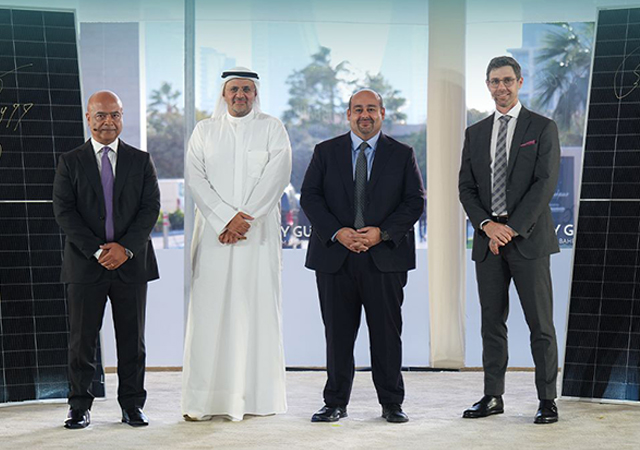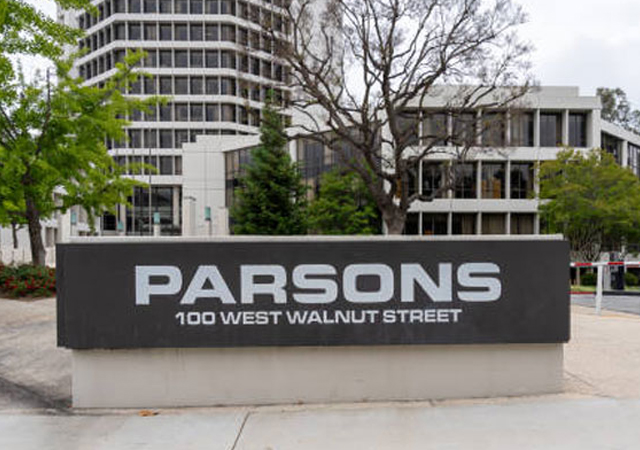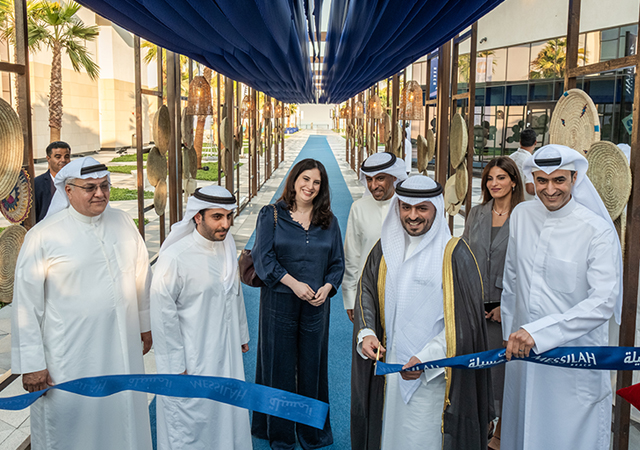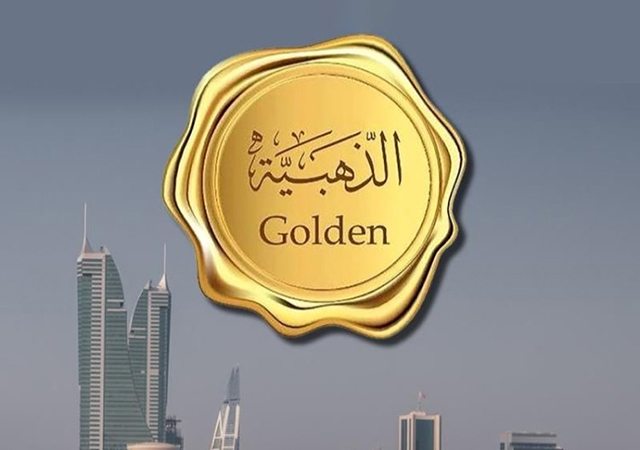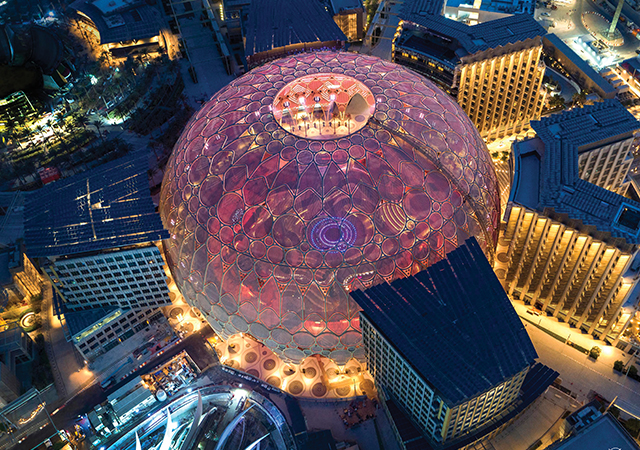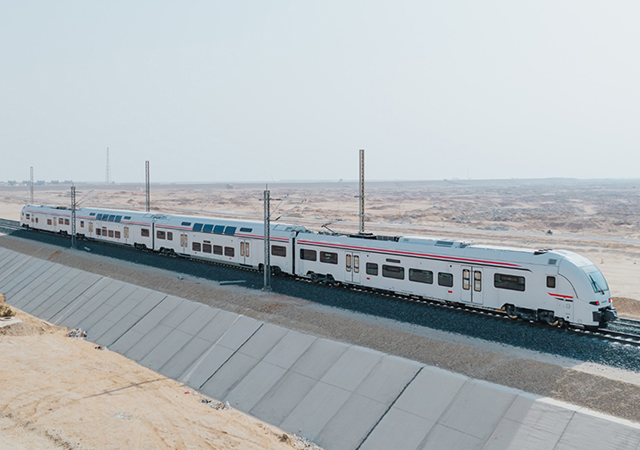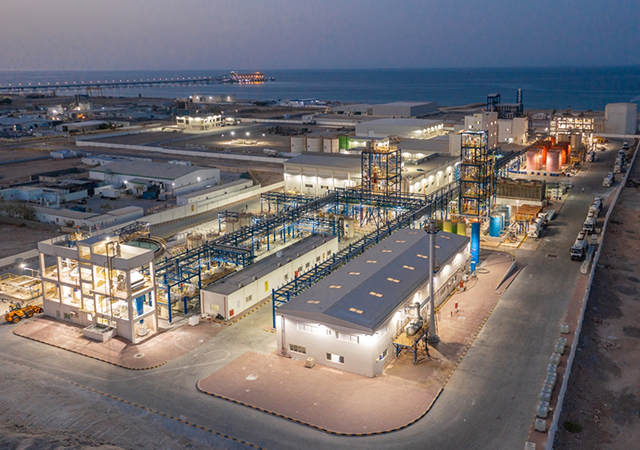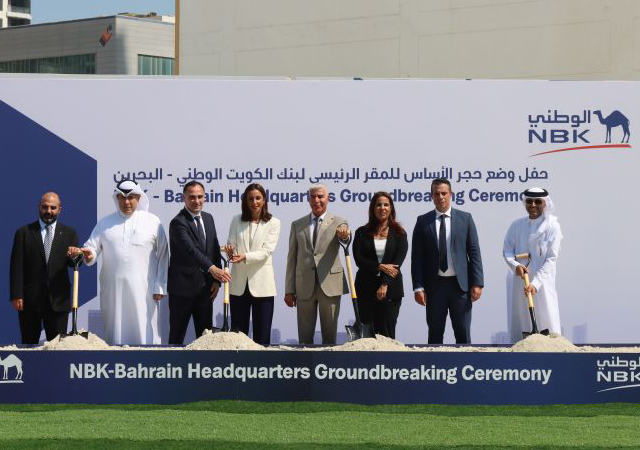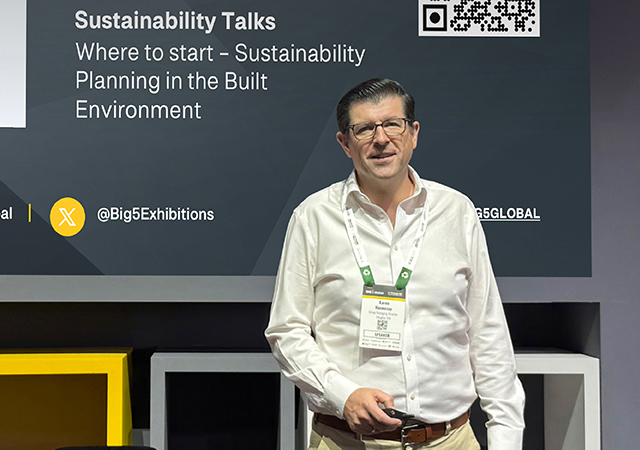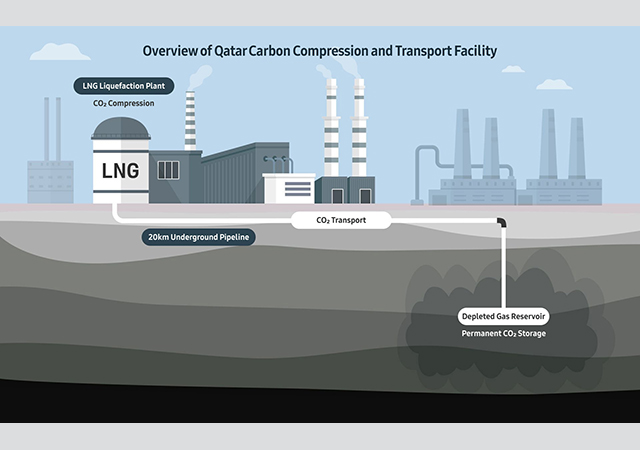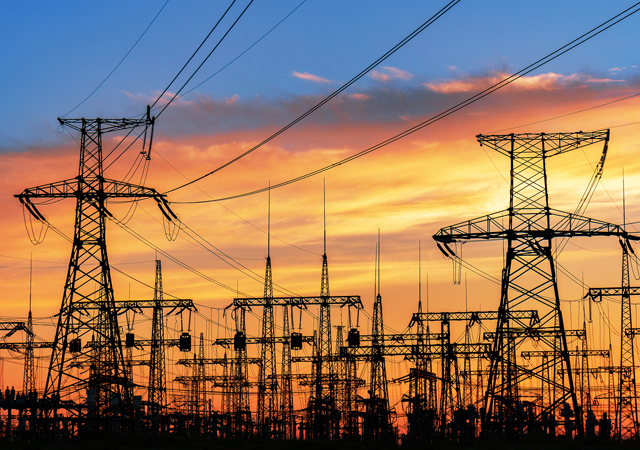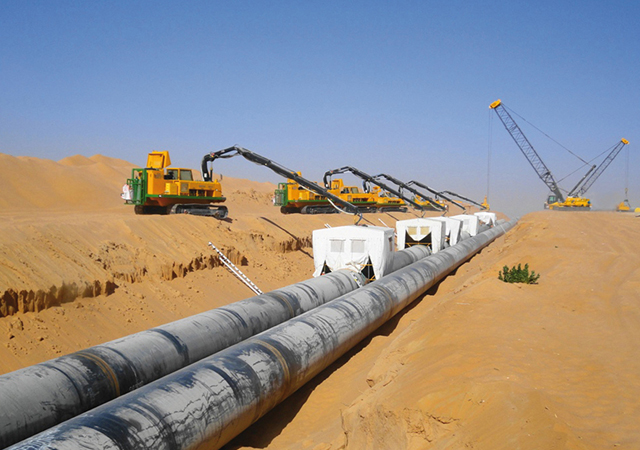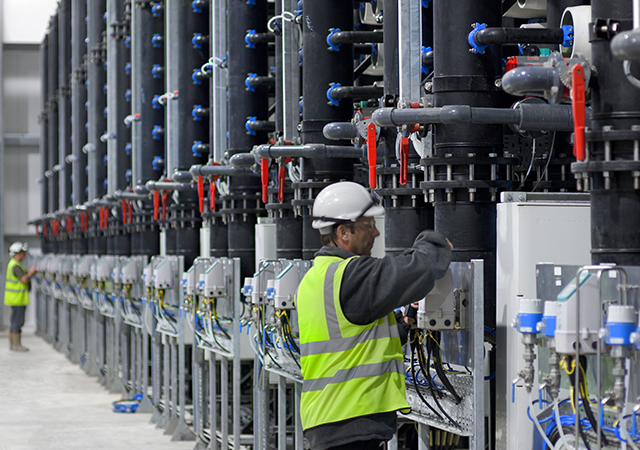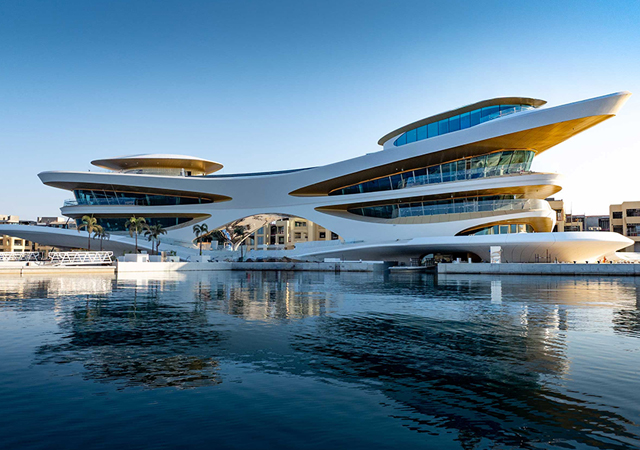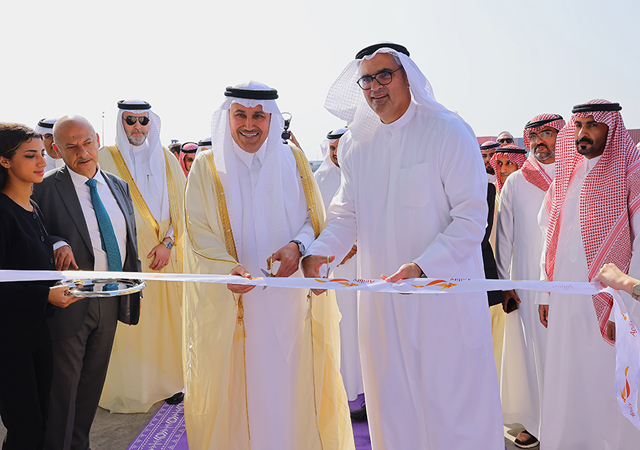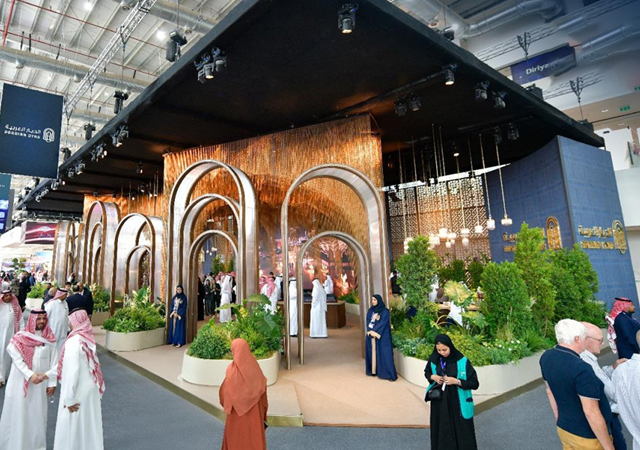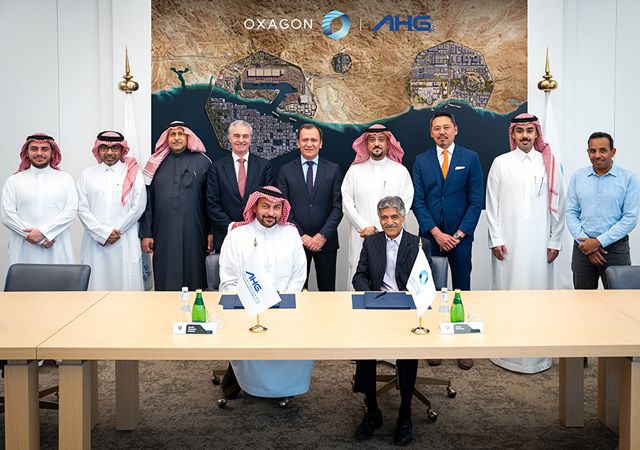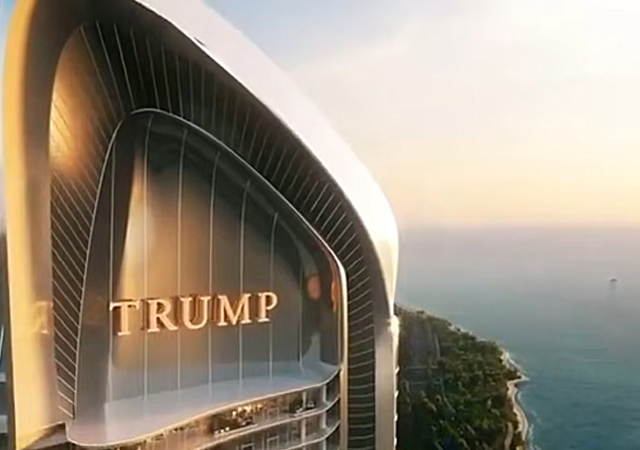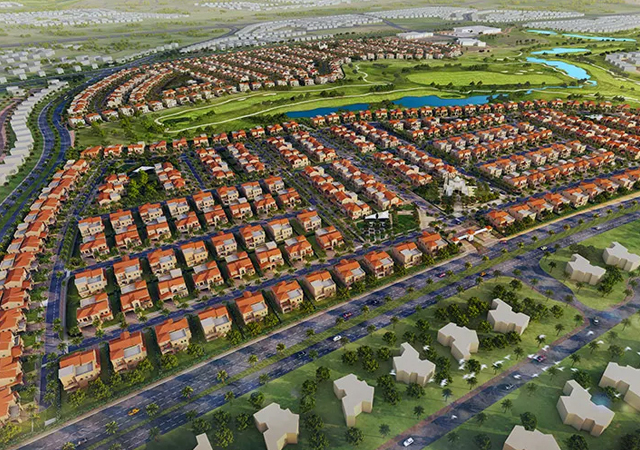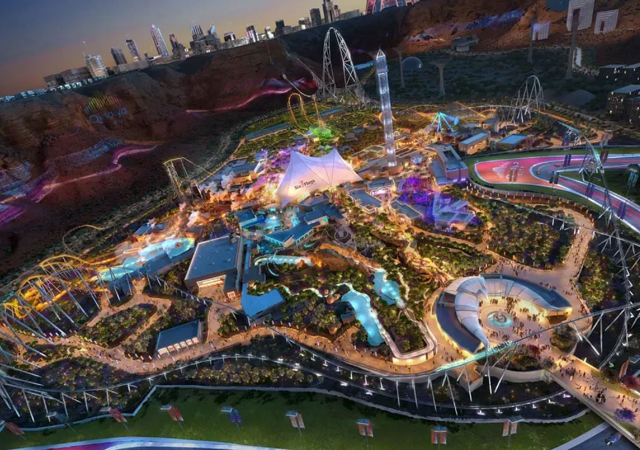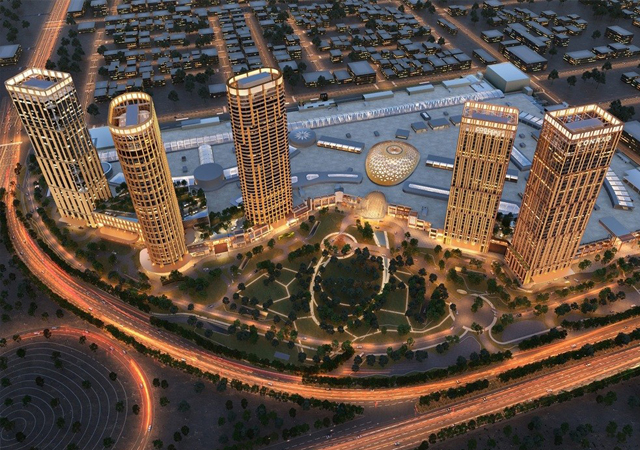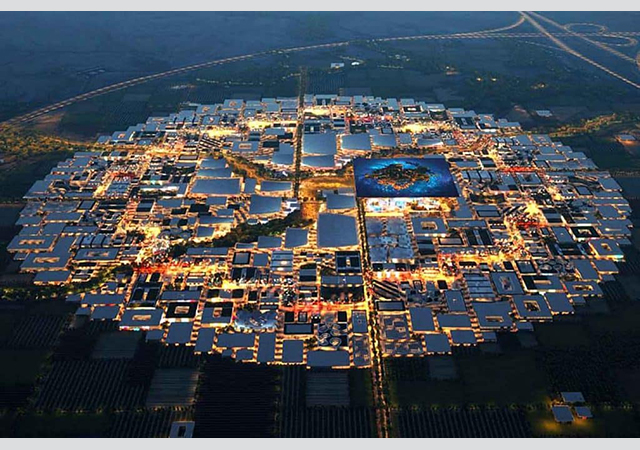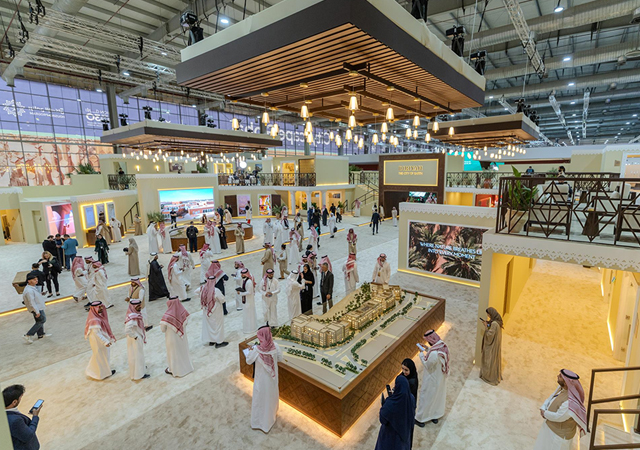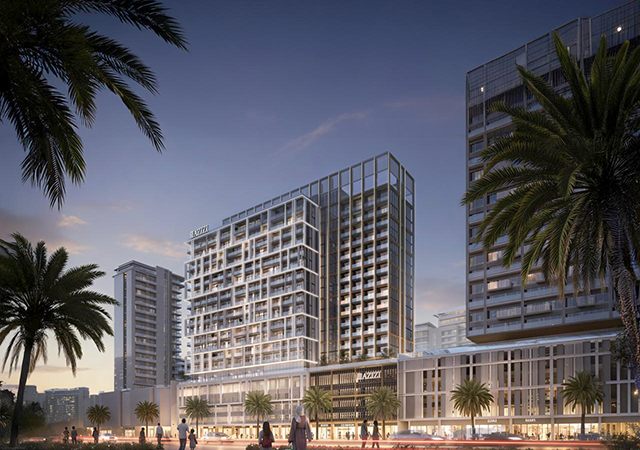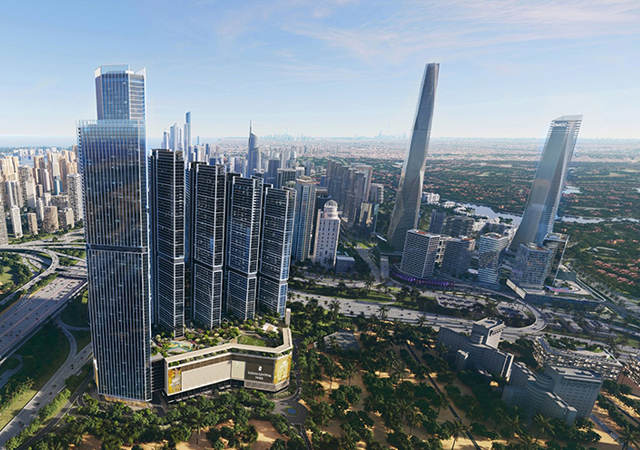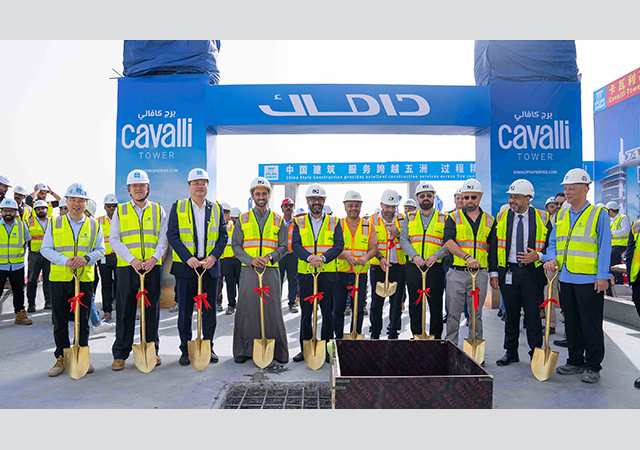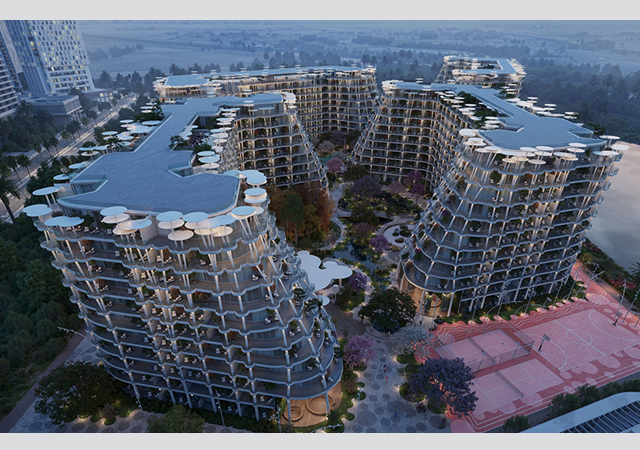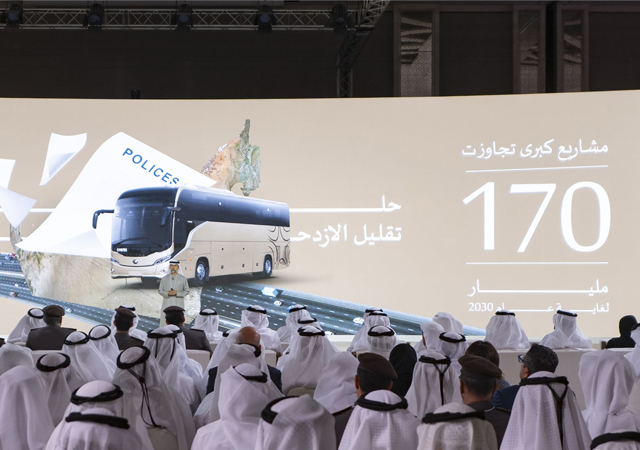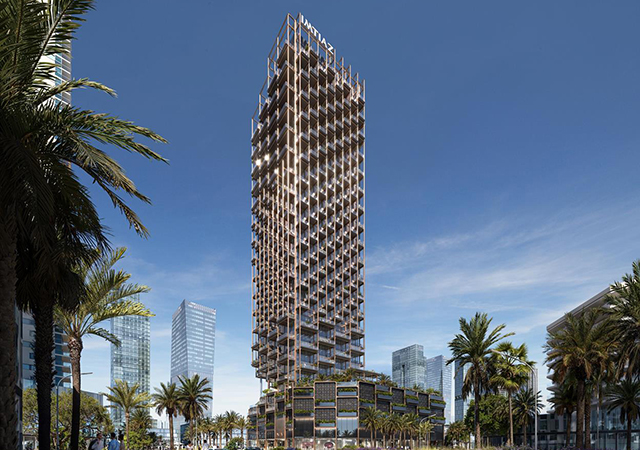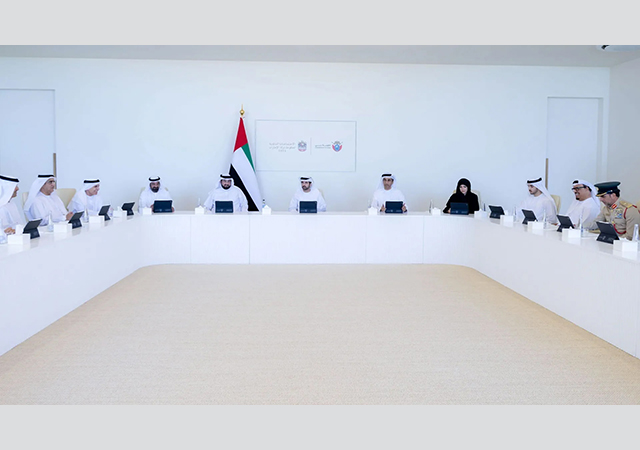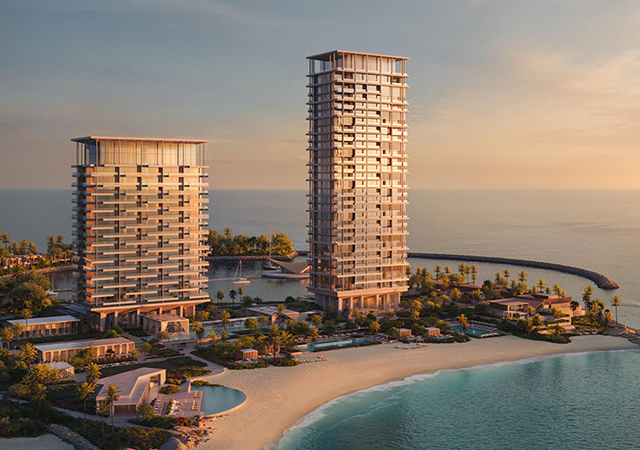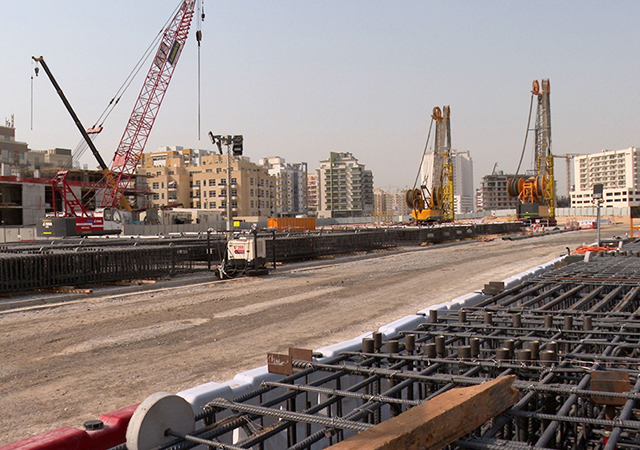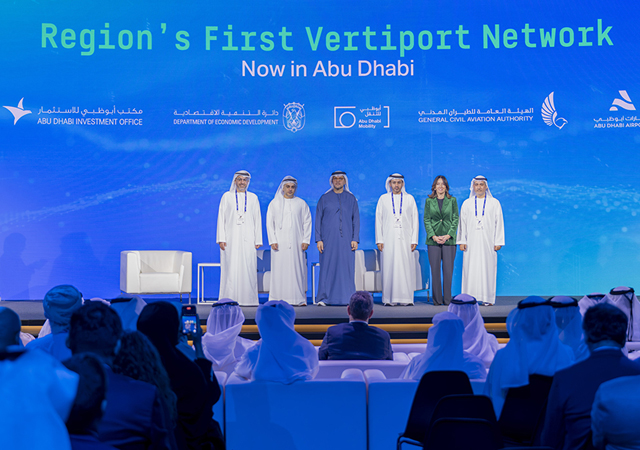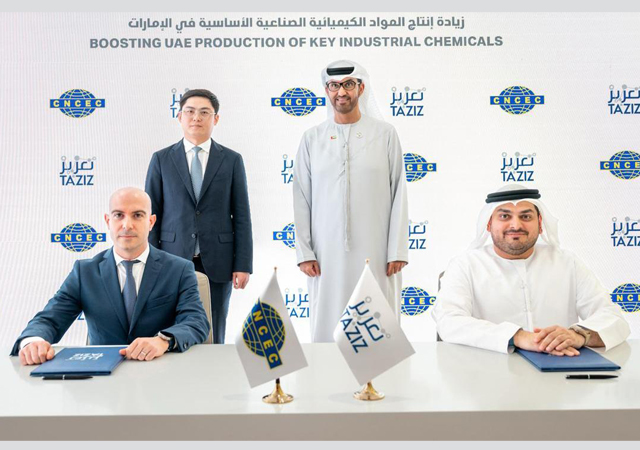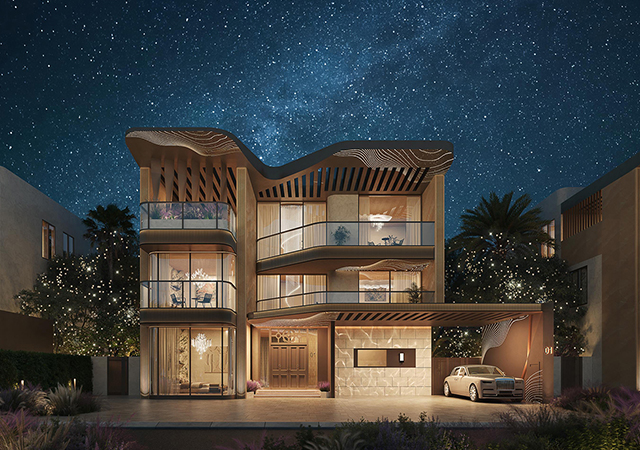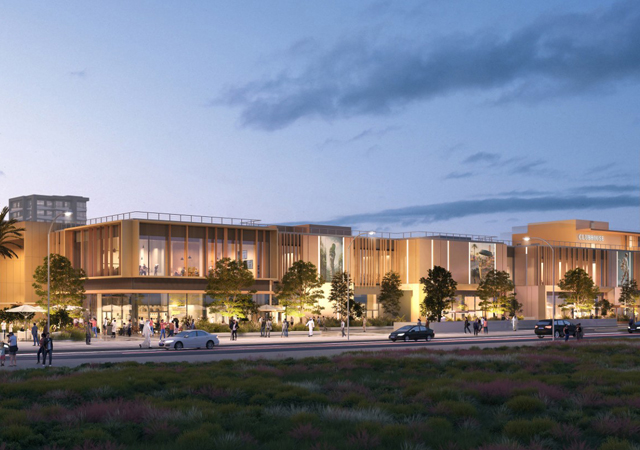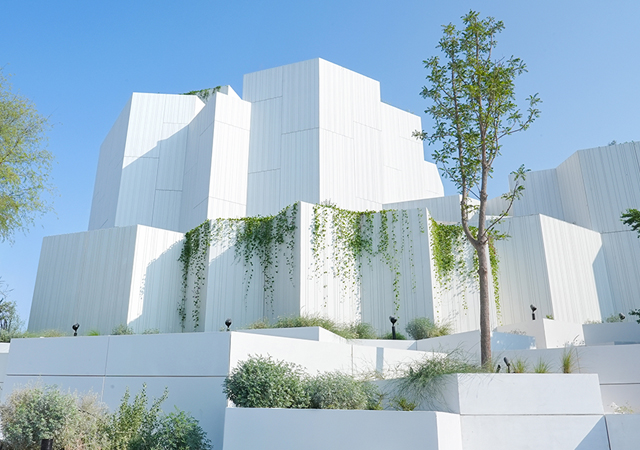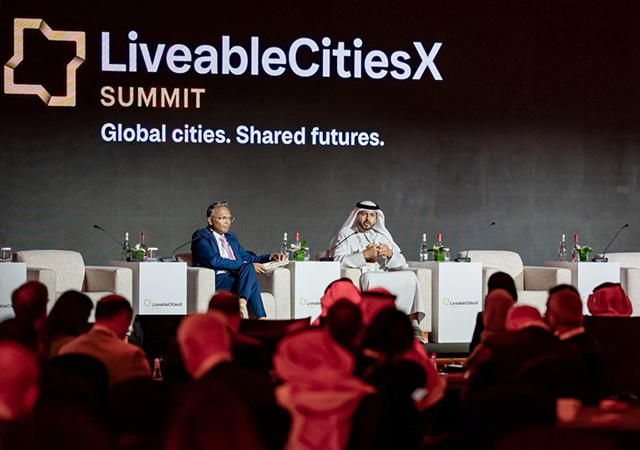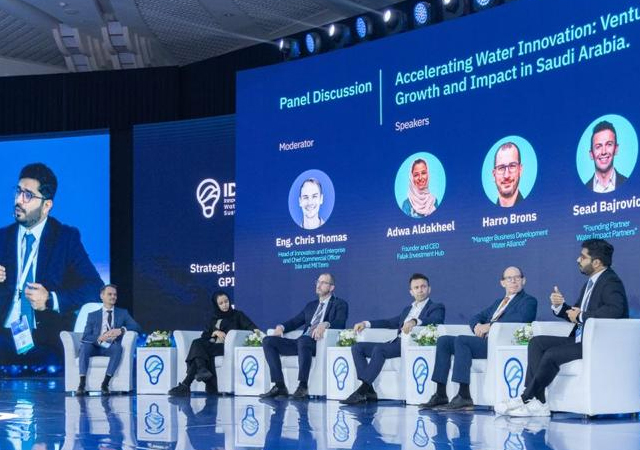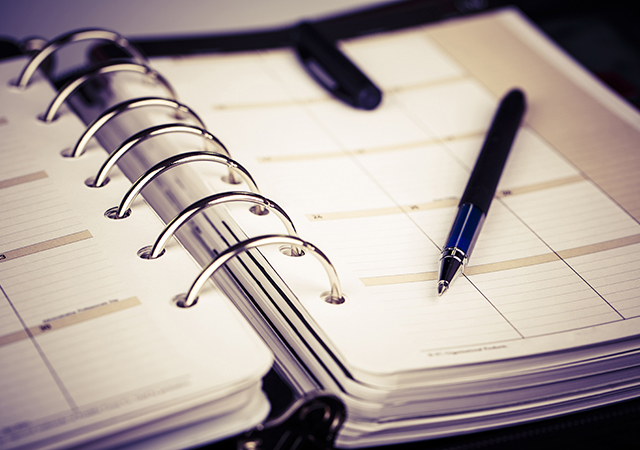
 The Bahrain Financial Harbour and the Bahrain World Centre ... iconic developments.
The Bahrain Financial Harbour and the Bahrain World Centre ... iconic developments.
While Bahrain’s construction sector can look forward to a number of new projects of mega proportions that are currently taking shape on the drawing boards, the industry continues to be driven forward by the real estate boom that is pervading the entire region.
Flush with increased funds, thanks to higher oil revenues and liquidity in the market, Bahrain is in the midst of a boom where contractors can actually pick and choose the projects that they want to be involved in. Construction activity in the kingdom is primarily driven by the commercial and residential segments and Bahrain’s real estate sector – as in the other GCC states – has emerged as a leading alternative asset category to conventional equity and fixed income investments, attracting substantial capital. However, a recent call for a ban on foreigners purchasing land in certain areas of the country has sent jitters in the sector.
The residential developments have focused on meeting the demands of an increasingly affluent society where lifestyle has become an important criterion in purchasing homes – hence the emergence of waterfront homes, golf communities and even health and wellness oases. One such newly launched project is the $1.6 billion Dilmunia, which was unveiled at the recent Bahrain International Property Exhibition. The project, which will create a health island off the northeast coast of Bahrain, aims to transform the country’s healthcare system and turn it into a regional hub for health tourism. Reclamation and construction on the project is expected to take up to five years (see separate article). The project is the second such development after the proposed Health Oasis, an international centre of excellence being jointly developed by the Royal College of Surgeons in Ireland (RCSI) and the Bahrain government. The Health Oasis will take shape around the King Hamad General Hospital, which is under construction in Muharraq.
While the past year hasn’t seen the launch of many other massive projects over the past year, big-ticket projects that are in progress such as the Bahrain Financial Harbour, Durrat Al Bahrain, Amwaj Islands, Reef Island (previously Pearl Island), Abraj Al Lulu, Al Areen and Riffa Views have all made considerable headway.
In the public sector, the three main issues being tackled are housing, power and water and road works. The Works Ministry is the midst of a strategic road plan to address the severe traffic congestion that the country is currently facing. The 20-year plan aims to cater to the country’s requirements to the year 2021 (see separate article). The successful implementation of this plan is vital especially in view of the new influx of traffic that can be expected once the proposed Friendship Causeway, which will link Bahrain and Qatar, sees completion by the middle of the next decade. A preliminary agreement has already been signed with a consortium to build the 40-km double-lane causeway, which is estimated to cost some $4.8 billion.
In the power sector, Bahrain has announced plans for its second independent water and power project (IWPP) in a bid to address the growing demand for electricity.
In the housing sector, Bahrain intends to spend more than BD566 million ($1.53 billion) on the construction of housing units over the next four years. Works Minister Fahmi Al Jowder said more than BD130 million is to be spent on 4,500 new houses in new residential areas and BD151.7 million on 3,500 new houses in to 10 villages.
This apart, reclamation is nearing completion on the new BD1 billion Northern Town , off the Duraz coast, where some 5,500 houses are expected to be completed within four years. Construction of 1,500 houses, which are currently being designed, is expected to start shortly on two islands closest to the mainland. The town will be built on an area of 740 hectares over 14 islands. The aim is to provide 15,000 government houses by 2016. The ministry is also working with the private sector to build 7,000 housing units worth BD286 million over the next four years.
The boom however, has not been all good news for the construction sector, which has been plagued by a shortage of labour and of building materials – the prices of which have been increasing at an alarming rate. With the growing number of job opportunities in the region – and higher salaries offered elsewhere in the Gulf as well as in the domestic markets of the workers – companies in Bahrain have been finding that they have to offer higher packages to attract the right calibre of manpower.
In light of the growing importance placed on health and safety issues, the construction sector in the kingdom will also need to give a serious rethink to the standards maintained by companies. A positive move in this direction made by government authorities was the imposition of a ban on workers labouring outdoors between 12 noon and 4 pm during the summer.
Another encouraging development in the market is the increasing focus on the environment, with a number of companies aiming to be pioneers in initiating the “green-friendly” concept. While this initially means a number of projects will move slowly until they get the required clearance from authorities, the measures are certainly the direction Bahrain and the rest of the region needs to take considering that the building and construction sector consumes some 50 per cent of the Earth’s natural resources.
Power & water
In view of the fact that demand for power and water has been growing at a tremendous pace over the past decade, the country has already initiated some capacity-enhancing measures three years ago, with the government seeking private participation in the sector. During the 10-year period starting from 1998, last year saw the biggest surge in demand at 12.06 per cent with consumption currently standing at 2,700 MW.
Al Ezzel power plant was developed in the Hidd industrial area as the kingdom’s first IWPP. Phase One of the power plant, which began commercial operations in April 2006, put 470 MW of natural gas-fired capacity on Bahrain’s national grid. The second phase of the $500 million power plant was commissioned last May adding another 480 MW. However, it is estimated that if the kingdom is to sustain its developmental plans for the next 10 years, it would require an additional 2,000 MW in installed capacity. Towards this end, Bahrain is undertaking feasibility studies to set up a $1 billion new plant, which once complete, is expected to expand electricity and water infrastructure by 1,200 MW of electricity and 48 million gallons of water daily initially and by up to 4,000 MW and 100 million gallons a day long term in several phases. The IWPP is likely to be located in the east of the main island between Ras Abu Jarjur and Addur. International advisers have yet to be appointed by the government.
To ensure higher efficiency in the sector, the kingdom will now create an electricity and water authority that will assume the powers and responsibilities currently held by the Ministry of Electricity and Water.
Airport
Bahrain is planning a massive expansion of its international airport, which will allow the airport to handle up to 15 million passengers a year. The current airport was designed to handle up 3 million passengers a year. According to a senior Civil Aviation Affairs (CAA) official, the airport authorities are currently refining the concept design to come up with the best solution to meet the needs of the market. The design work is being undertaken by JacobsGibb in association with HOK Architects and the local Bahrain consulting firm Mohammed Salahuddin Consulting Engineering Bureau (MSCEB).
The project was originally estimated to cost BD126 million ($334 million). However, soaring costs of labour and materials combined with revisions to the expansion plan are expected to inflate the projected cost to more than BD300 million, according to officials.
The expansion will cater to the increase in passenger and aircraft traffic up to 2015, with passenger figures expected to grow rapidly and reach around 12 million to 15 million per annum by that time. Further expansions are planned to increase capacity to up to 45 million a year, long term.
Initial plans for the expansion called for more than doubling the size of the terminal building – adding 125,000 sq m to the floor area of the main terminal, which currently stands at 51,000 sq m. The number of aircraft stands was expected increase from 46 to 64 with the number of bridges doubled to 14. The baggage handling capacity was expected to increase from 3,000 bags per hour to 15,000 bags and the check-in counters from 40 to 80.
The project was expected to take 49 months to complete with an expected design period of 15 months and a construction period of 24 months.
Khalifa bin Salman Port
Construction work is in progress on Phase One of the Khalifa bin Salman Port and Industrial Area, a new deep sea port at Hidd. Work on this phase – which is scheduled for completion in late 2008 – has involved reclamation of an area of 700 hectares (ha) to accommodate the 110-hectare port area, a 240-ha industrial area (which is now functional as the Bahrain International Investment Park – BIIP), 90-ha special free zone and access roadway; basic infrastructure for the industrial and free zone areas; common-use buildings and services; port infrastructure; and port buildings and sheds (see separate report).
Roads
A consortium led by state owned Qatari Diar and French construction firm Vinci signed a preliminary agreement last November to build a 40 km bridge between Qatar and Bahrain. Construction on the causeway is likely to begin in May and be completed by 2011.
The Friendship Bridge, which will be one of the world’s largest, will start at Ras Ashiraj, near the Zubara fort on the western coast of Qatar, and end on Bahrain’s eastern coast. According to a spokesman for the Ministry of Works, the project’s design may be revised before it is finally breaks ground.
Meanwhile, Bahrain is carrying out road projects worth over BD260 million ($689.6 million) to ease traffic congestion. They include major strategic projects, including the rebuilding of the Sitra causeway and redevelopment of the Umm Al Hassam junction as well as roads improvements in villages and other secondary roads. There are also projects in various stages of implementation, including the North Manama Causeway linked to the Bahrain Financial Harbour, King Hamad Highway linked to Durrat Al Bahrain, Zallaq Flyover and the access bridge to Lulu Island, among others.
A number of existing roundabaout have been converted to junctions with traffic signals to help increase the traffic capacity at junctions as well as improve traffic safety. Last year around 200 road projects were in the planning or construction stages, according to the Ministry of Works.
Commercial/residential projects
Bahrain’s two iconic projects – that aim to reclaim Bahrain’s status as a financial and trading hub of the region – the Bahrain Financial Harbour (BFH) and the Bahrain World Trade Centre (BWTC) having reached significant milestones. The $1.5 billion BFH opened its first phase amidst much fanfare late last year and has now launched the next phase – the construction of the $450 million Villamar @ the Harbour (see separate article). The first phase included the Financial Centre comprising the Financial Mall, the 53-storey Dual Towers and the Harbour House.
Construction work is in the final stages on the twin-tower BWTC in Manama adjacent to the Sheraton Hotel. Standing at more than 240 m in height, the BWTC is designed to be an intelligent building offering more than 35,000 sq m of prime office space over 43 levels. The office building has been fitted out with sophisticated self-monitoring analysis and reporting technology features, ranging from connectivity to surveillance and security systems and a district cooling system. The complex also includes Moda Mall, which comprises 16,500 sq m of retail and leisure space – 6,900 sq m in the existing Bahrain Commercial Complex and a new 9,600 sq m extension at the BWTC towers. The towers will be the first of their kind in the world to use wind energy to power around 11 to 15 per cent of their electricity needs. Three massive turbines, supported by bridges that span the two towers, will harness wind power. These turbines are currently undergoing testing and commissioning.
The two residential resort “cities” – the Amwaj Islands and the Durrat Al Bahrain – have also seen substantial completion. The $1 billion Amwaj Islands has seen the completion of all the infrastructure and the marina and also of landmark developments such as the Tala Island and Al Marsa City. Developers are now moving in with the next phase of development, with the $200 million Amwaj Gateway and the $90 million Lagoon Bahrain having been the most recent launches within the development. The Amwaj Gateway is a mixed-use development comprising six 20-storey towers which are currently being built under a $140 million contract. The Lagoon comprises eight low-rise buildings for high-end consumer retail, leisure and food and beverage outlets. Comprising 2.75 million sq m of reclaimed land off the northeast coast of Bahrain, the Amwaj Islands will accommodate more than 35,000 people as well as educational facilities, commercial districts, hotels and tourist attractions.
The $6 billion Durrat Al Bahrain, Bahrain’s largest luxury mixed-use residential, commercial and resort development, is also well on its way to completion. The project includes five petal-shaped and six atoll-shaped islands and a stand-alone crescent-shaped island. Upon completion in 2010, the development at Bahrain’s southern tip, will be home to more than 60,000 residents while attracting some 4,500 visitors a day. The 20-sq km project will boast a world-class 400-berth marina and an Els-designed 18-hole championship golf course community. Work is well under way on 890 villas as part of phase one and two of the villa construction at the landmark project, and these are expected to be delivered to owners by mid-2008. Spread over three islands, Durrat Al Bahrain’s 700,000 sq m marina has also seen significant progress, with work in progress to create the detailed masterplan by mid-2008. US consultant EDSA has been brought in to proceed with a detailed masterplan and to advise upon the urban design vision of the golf community, with the aim of creating clusters of residential housing offering different lifestyle options for completion from the end of 2009.
The next “mega” development that the construction industry is watching with interest is the the $2.5 billion Bahrain Bay, which has begun to rise above the ground. Located on a reclaimed site near the BWTC, the project will include commercial, residential and retail properties, set around the waterfront. Construction work has begun on the centerpiece of the project, the country’s first Four Seasons hotel, as well as another anchor project, Arcapita bank’s new headquarters. The Arcapita headquarters will offer 18,000 sq m of office space housed in an iconic, elongated, modern design. The Four Seasons will contrast the design of the Arcapita building by offering 220 premium hotel rooms within its 285-m-high tower which will be based on its own island and will open to guests from 2010. The project has also attracted international investors such as the Singapore-based CapitaLand, which has unveiled plans to build a Raffles City at the development, and the Ajmera Group of India, which intends to build a 53-storey residential tower under a $150 million project. More than 25,000 people are expected to live in the development, which is targeted for completion in 2011.
Other major projects that are under construction include:
• The BD250 million ($663 million) Bahrain City Centre: the first integrated leisure and shopping destination in Bahrain, which is set to open this year (see separate article). Meanwhile, a new massive development to twin with the Bahrain City Centre has also been given the go-ahead. The project – to be built on a 211,023 sq m plot and linked to its sister complex by a bridge – will include offices, shops, apartments and a hotel
• Al Areen Resort & Spa: This $1.3 billion project has seen the successful completion of its initial projects, the Banyan Tree Resort and Spa as well as a water park. It has also attracted a number of developers from the region including the Abu Dhabi Investment House (ADIH) and Sorouh Investments of Kuwait – which are jointly developing the Sunset Hills – and the Kuwait-based Rasmal Holding Company, which is developing the Sarab Al Areen shopping mall. Scheduled for completion in 2009, $100 million Sunset Hills occupies an area of 200,000 sq m and include 300 residential units comprising villas, townhouses, luxury apartments, multi-purpose buildings and a clubhouse. Groundwork for the $300 million Sarab Al Areen project will begin soon and the shopping complex is expected to be operational by mid-2009. Other components include luxury residential, and office space elements, in addition to a world-class hotel. Work has also been launched on the $216 million Downtown Al Areen project.
• Reef Island: Infrastructure work on this $1.3 billion luxury residential project is scheduled for completion in the first quarter of this year. Spread over a 579,000 sq m area off Manama’s north coast, this manmade island – being developed by Lulu Tourism Company, a partnership between the Government of Bahrain and the Mouawad Group for Real Estate Investment – is aimed at the high-end of the market. The first phase of the project is expected to open by the end of 2009 and the second phase a year later. The freehold development will include a total of 1,217 apartments in 39 residential buildings, 65 villas, 49 beach villas, and a 250-room five-star hotel and spa. The project has recently attracted investment from the ADIH, which is developing the $90 million Porta Reef, comprising three 10-storey luxury apartment buildings.
• Abraj Al Lulu: Construction work on this $252.1 million project is progressing ahead of schedule with around 65 per cent of the finishing work complete and the topping out of the structures scheduled for this month, according to its developer Pearl Development and Real Estate Company. The private sector freehold residential development, which is scheduled for handover by mid-2008, houses 903 apartments in a three-tower complex along with 1,200 parking spaces. The complex has a total built-up area of 2.25 million sq ft distributed among two identical 51-storey towers, Gold Pearl and Silver Pearl and a third tower, Black Pearl which is 41 floors.
• Riffa Views: More than two-thirds of the residences are under construction within this premier golf community. Riffa Views Signature Estates will include 1,000 luxury residences, an 18-hole golf course, a nine-hole short course, sports, leisure and school facilities over an area of 270 hectares. Construction work is also in progress on the Riffa Views International School (RVIS), which is set to be completed in September.
• Marina West: Work on the $320 million Marina West development – Bahrain’s largest gated beachfront high-rise residential and lifestyle community located on its west coast – has gathered speed with piling operations in full swing. Located in Budaiya village, the 75,000 sq m gated community comprises 11 residential towers (see separate article).
• First Bahrain project: KEO International Consultants is preparing the masterplan of a $450 million development in Seef District for First Bahrain Real Estate Development Company (First Bahrain). Located on a 21,000 sq m plot opposite the Bahrain City Centre, the development will feature a hospitality complex including a Shari’ah-compliant four-star hotel and serviced apartments along with office and residential towers.
• Al Jazair beach redevelopment: This popular beach in Zallaq is to receive a major facelift with the creation of an $800 million resort and other key facilities such as three- and four-star hotels. The first phase of the project – to be launched this year for completion in three to four years – will concentrate on the establishment of small hotels and a number of facilities. In the final phase of the project, a number of small islands will be built in the southern part of the beach and the chalet area will also be upgraded.
• Nomas Tower: A new BD550 million mixed-use complex is planned for Juffair, which will feature one of Bahrain’s tallest buildings. The four-tower complex will include apartments, a hotel with a private beach, restaurants, a three-storey mall, a health club, swimming pools, playgrounds, seafront villas and a 4,500-slot car-park. The tallest building in the complex will rise 238.9 m high, featuring 66 storeys.



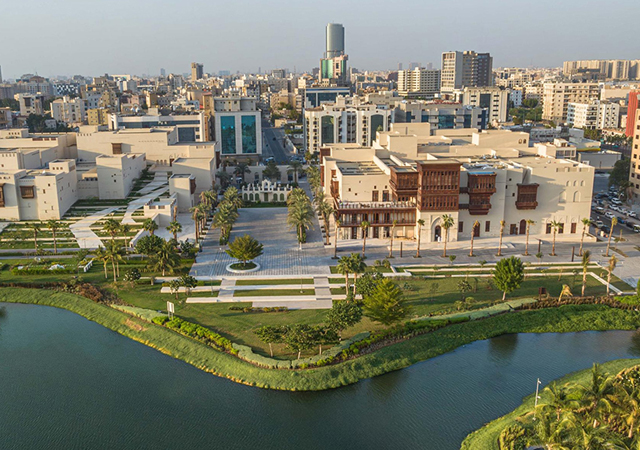
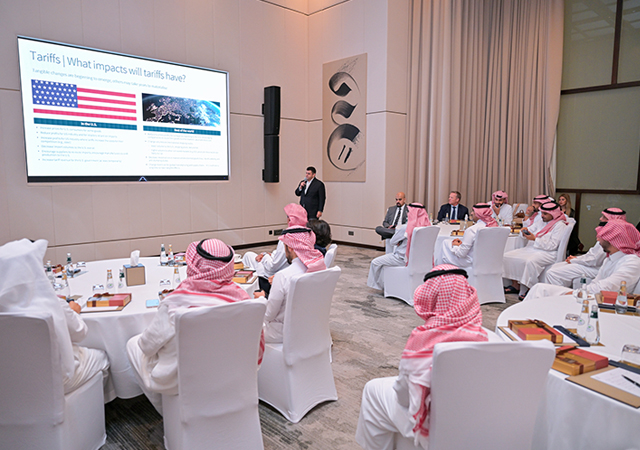
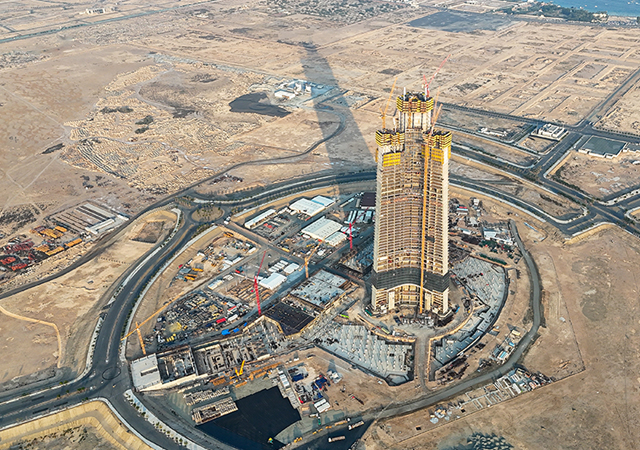
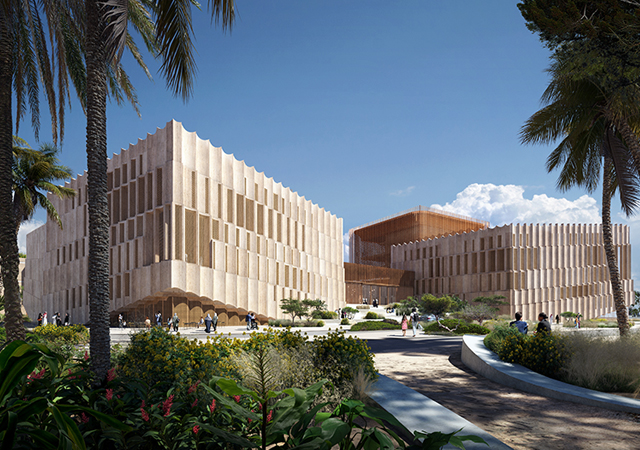
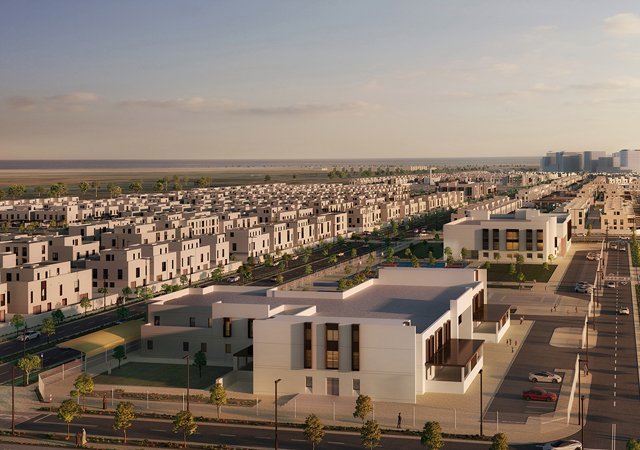
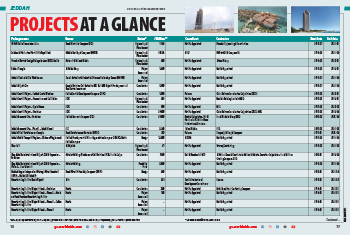
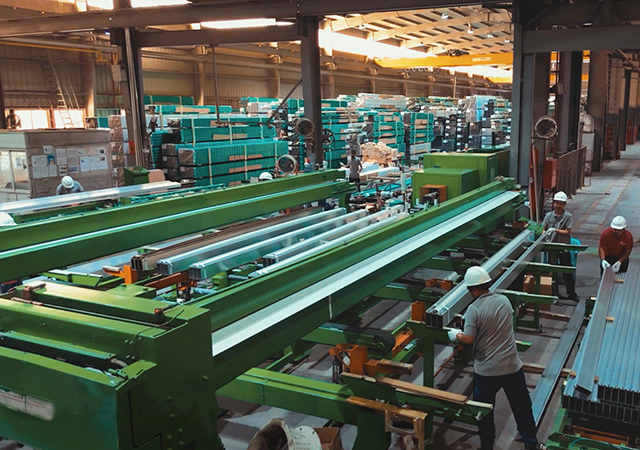

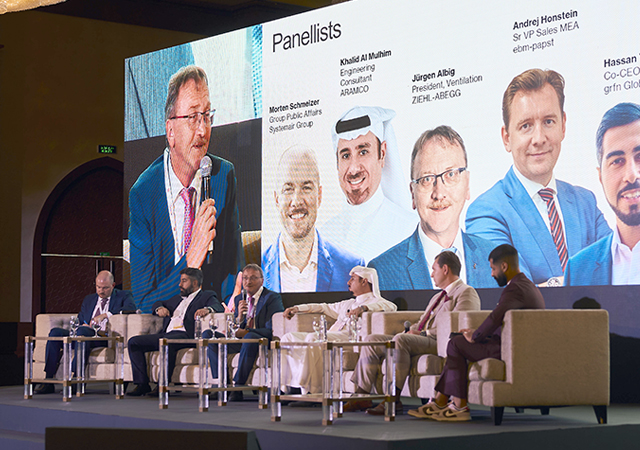
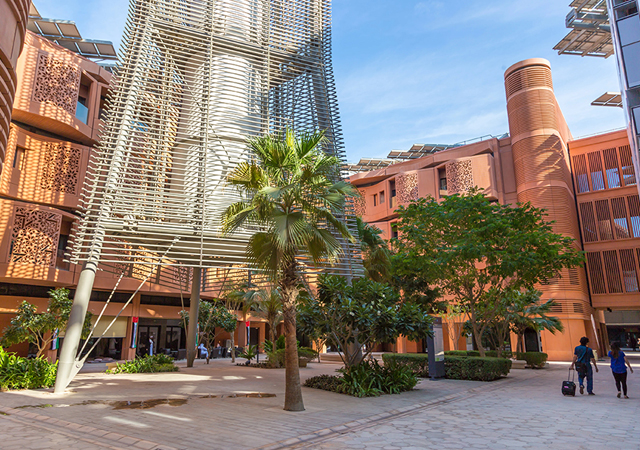
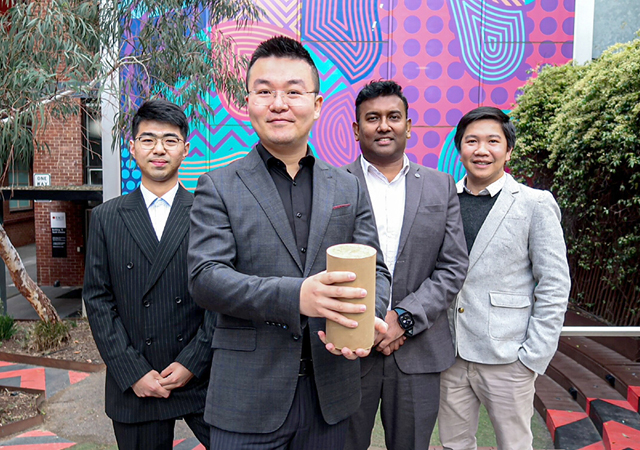
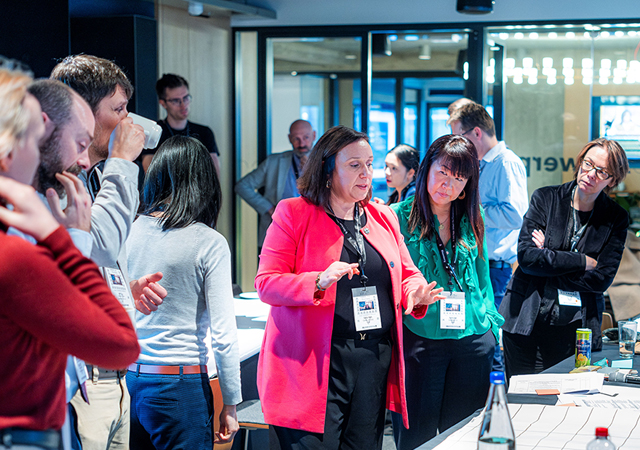
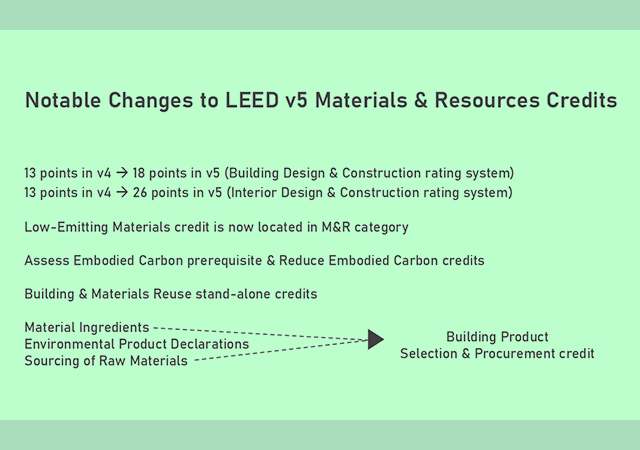
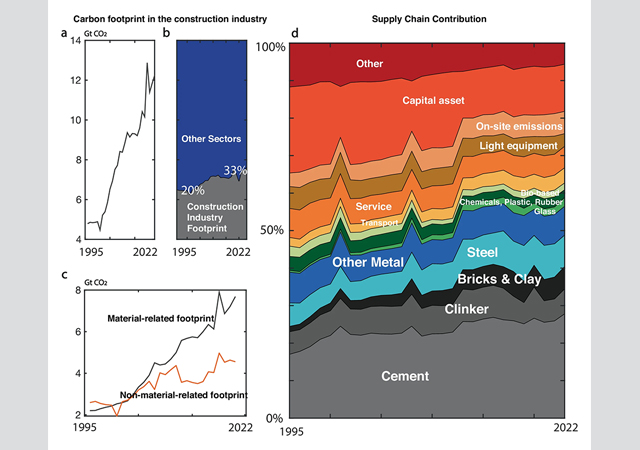
.jpg)
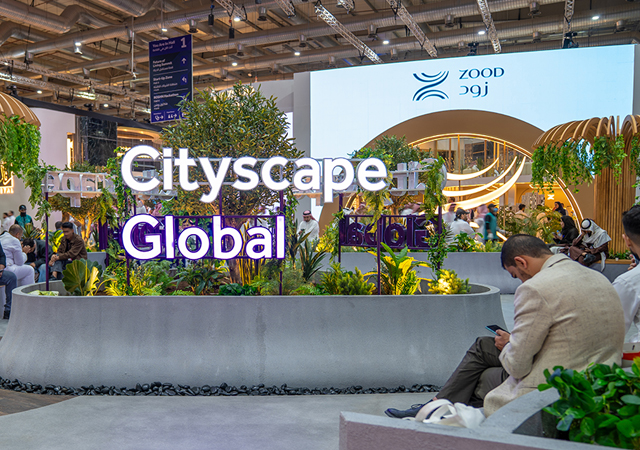
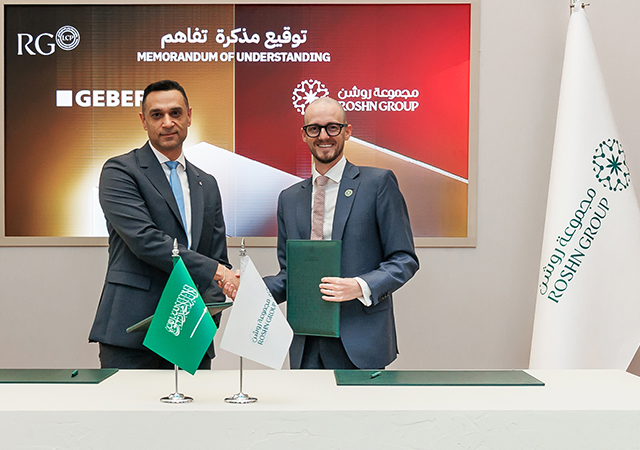
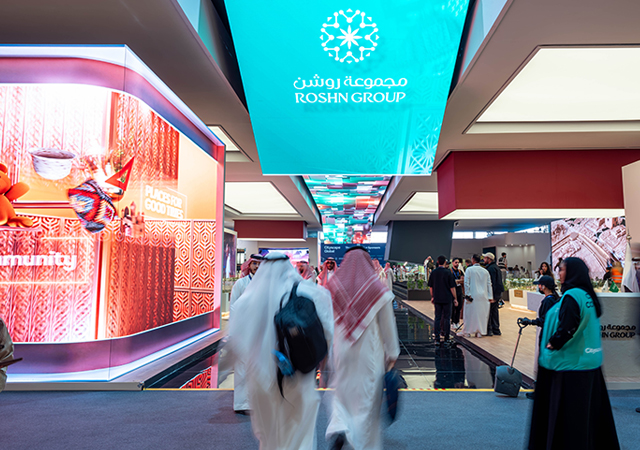
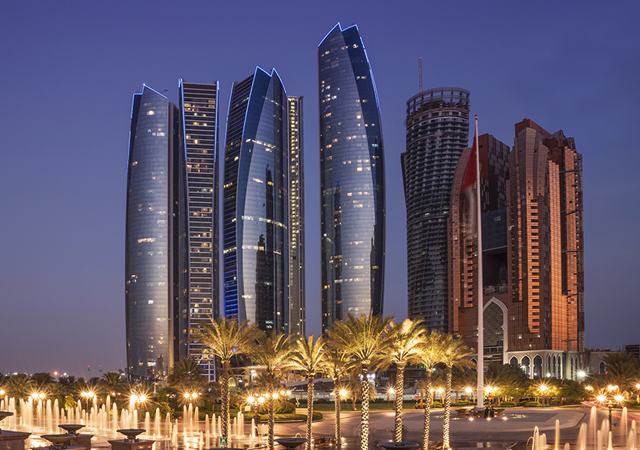
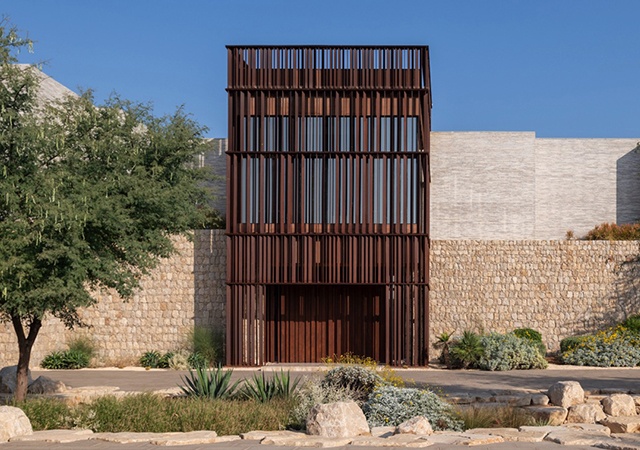
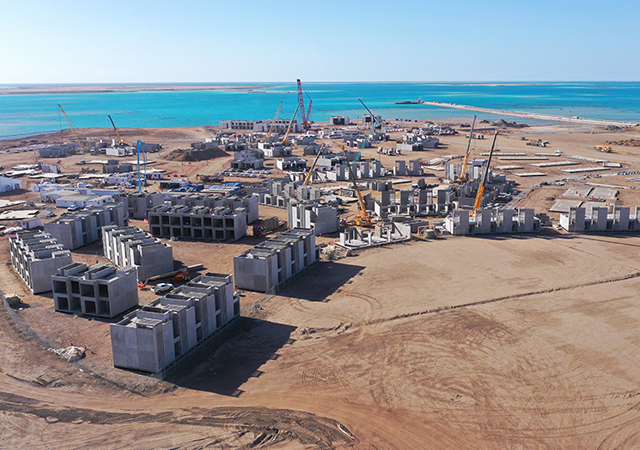
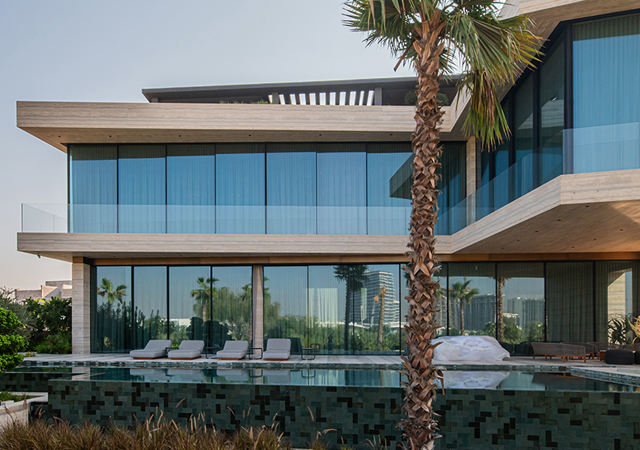
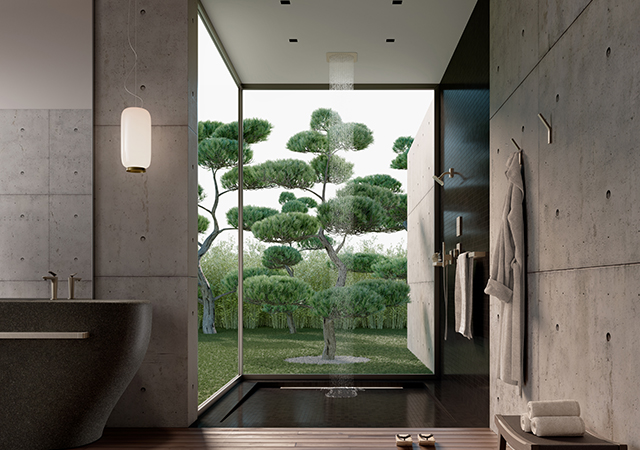
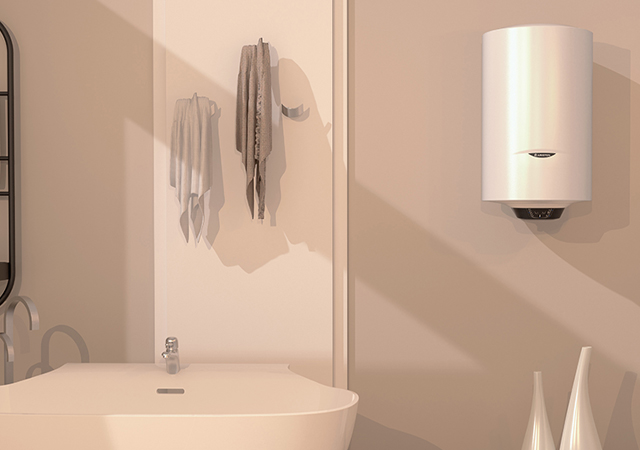
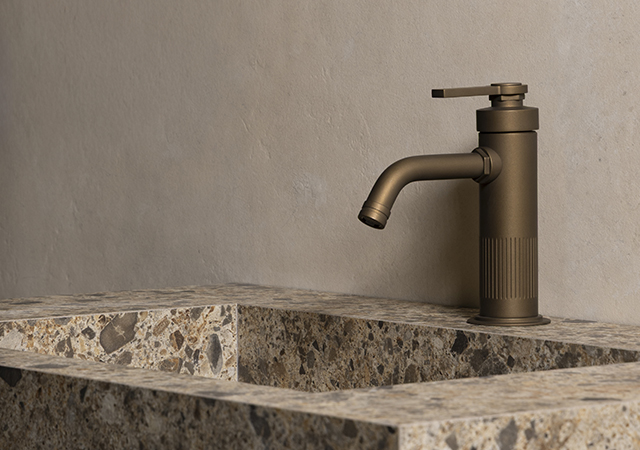

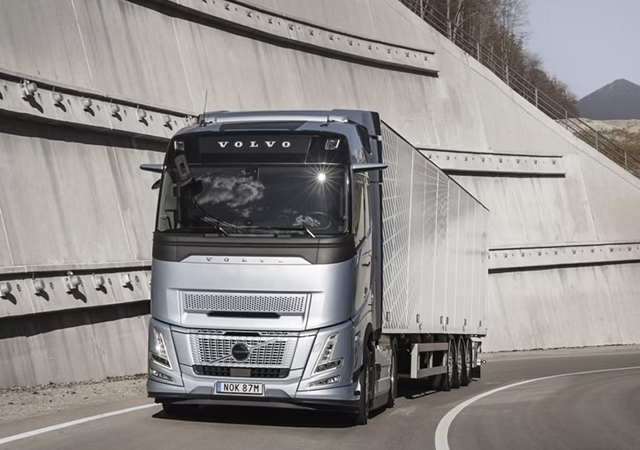
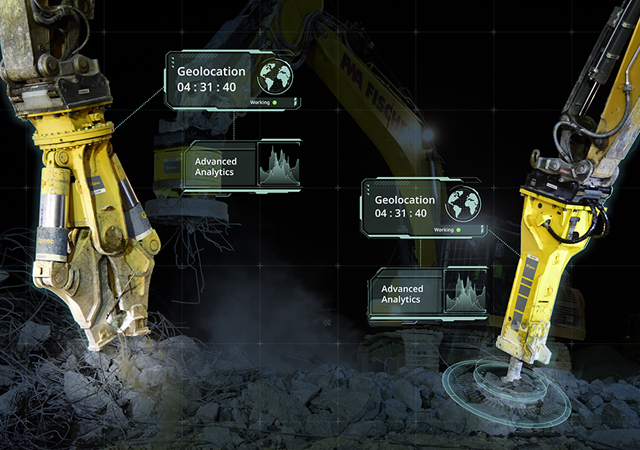
 (1).jpg)

